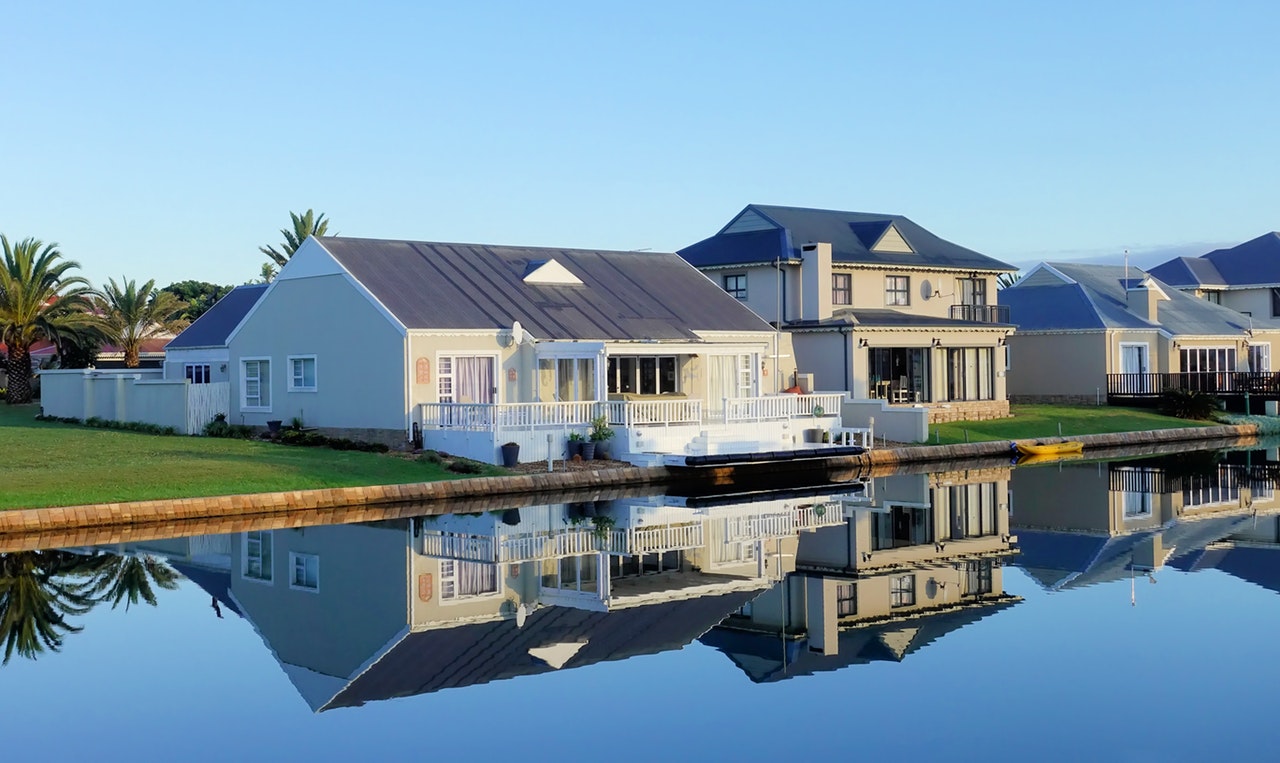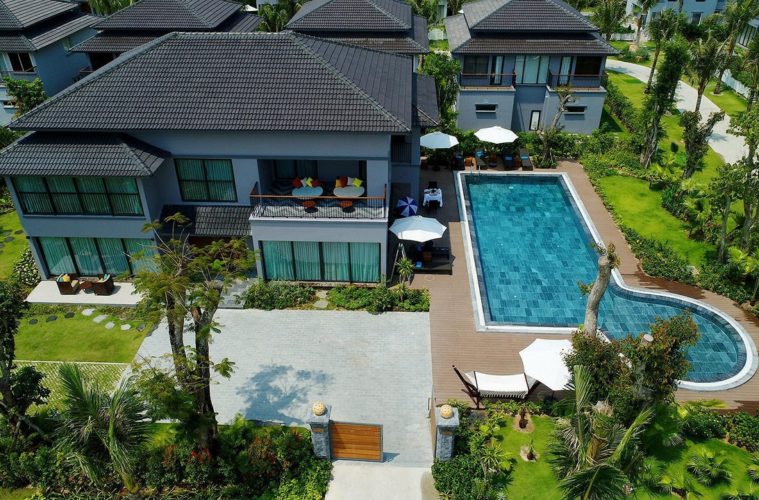A home is often a family’s most expensive investment and protecting it with homeowners insurance is essential. You need to insure both the structure and household belongings to make sure you can get your life back to normal if a disaster happens.
As soon as you decide to purchase a house, you need to contact a reputable homeowners insurance company to get set up with a policy. They can explain to you what a typical homeowners insurance policy covers and what is not covered.
For those who don’t want to wait to find out, here’s an outline of what a traditional homeowners insurance policy covers and what it won’t:
What’s covered
Dwelling Protection – Usually, the most expensive part of your home is the actual structure. Dwelling protection will cover the expense of repairing or replacing the home if it is affected by a fire or a natural disaster. Included in the dwelling coverage are structures that are attached like a garage or deck. Extra structures protection is also important. If you have additional buildings on your property, you will need additional coverage. This includes barns, tool sheds, and even detached garages.
Personal Property Protection – In addition to property protection, you need to insure your possessions. If you have expensive electronics like computers and televisions, you would need to replace these items if your home is destroyed by a fire. This type of protection also helps if items are stolen from your home. If you have special collectibles or expensive tools – you will need to make sure you have enough coverage. Your homeowners insurance company can help you decide how much coverage you need.
Liability Protection – If someone is injured while visiting your home, you need to make sure you are protected with liability insurance. Families who enjoy a swimming pool in the yard or even a trampoline might need extra protection. A visitor could sue you for bodily injury and you will need help paying for legal expenses and the injured person’s medical bills. If you think you might need even more coverage, a personal umbrella policy could be helpful.
What’s not covered
Unless you have filed a claim in the past, you might not understand what is not covered by your homeowners insurance. Unless you have a specific flood insurance policy, you will not be covered by flooding in your area. Water damage that is covered includes burst pipes and septic overflows. If your home is in a flood zone, plan to purchase extra coverage.
Another natural disaster not usually covered under a typical policy is damage caused by an earthquake. If you think there might be a problem, be sure to check into extra coverage. Other types of threats that aren’t covered include sinkholes, mudslides, nuclear accidents, and damage due to warfare.
Homeowner neglect is also not covered by your insurance policy. If you fail to maintain your property, including your roof, and you have water damage – your insurance company doesn’t have to help. If your home becomes infested with termites, rodents, or birds – the damage would not be covered. In cases such as this, you would need to budget for Aptive Florida (or a pest control company in your area) to inspect your property and address the issue promptly. Additionally, smoke from industry or agricultural operations is not taken care of by homeowners insurance.
Overall, homeowners insurance is an essential coverage and understanding what is covered and not covered is important. Some insurance companies can also refuse to pay if the damage is due to a homeowner’s neglect. Be sure to protect your investment with enough coverage to take care of the structure and all of your possessions.

